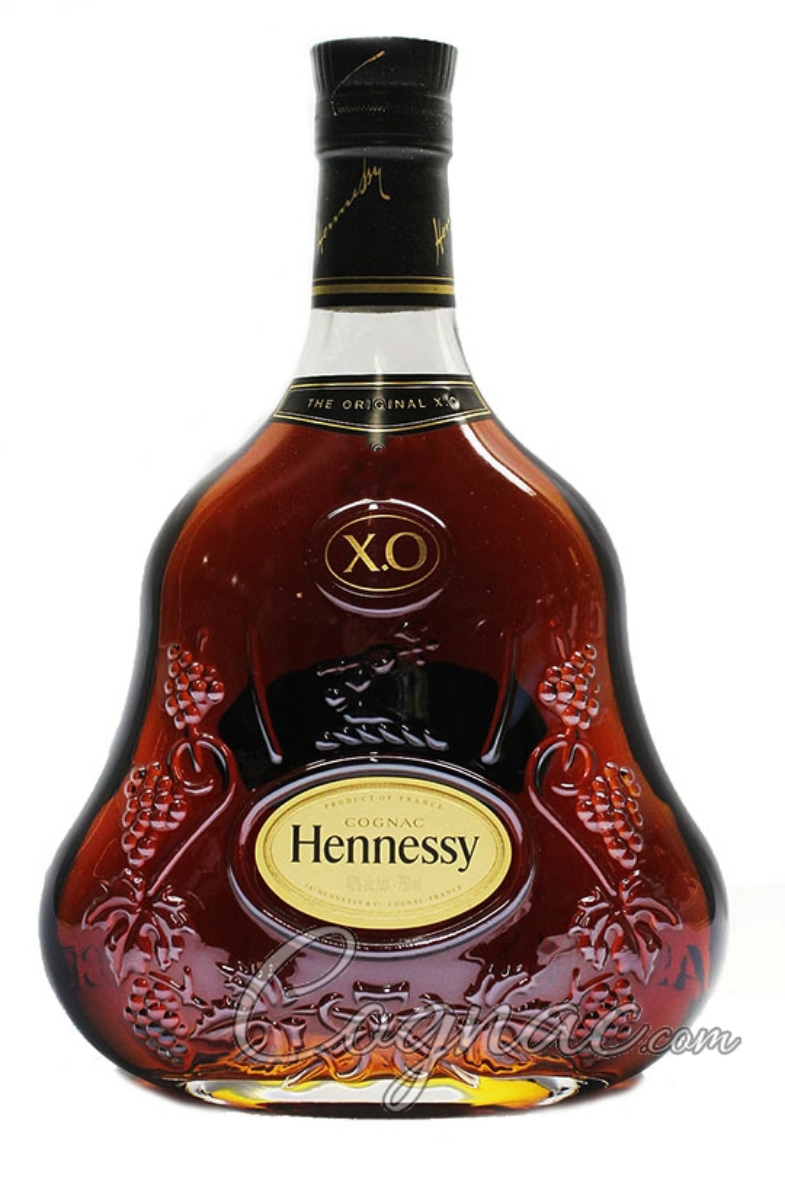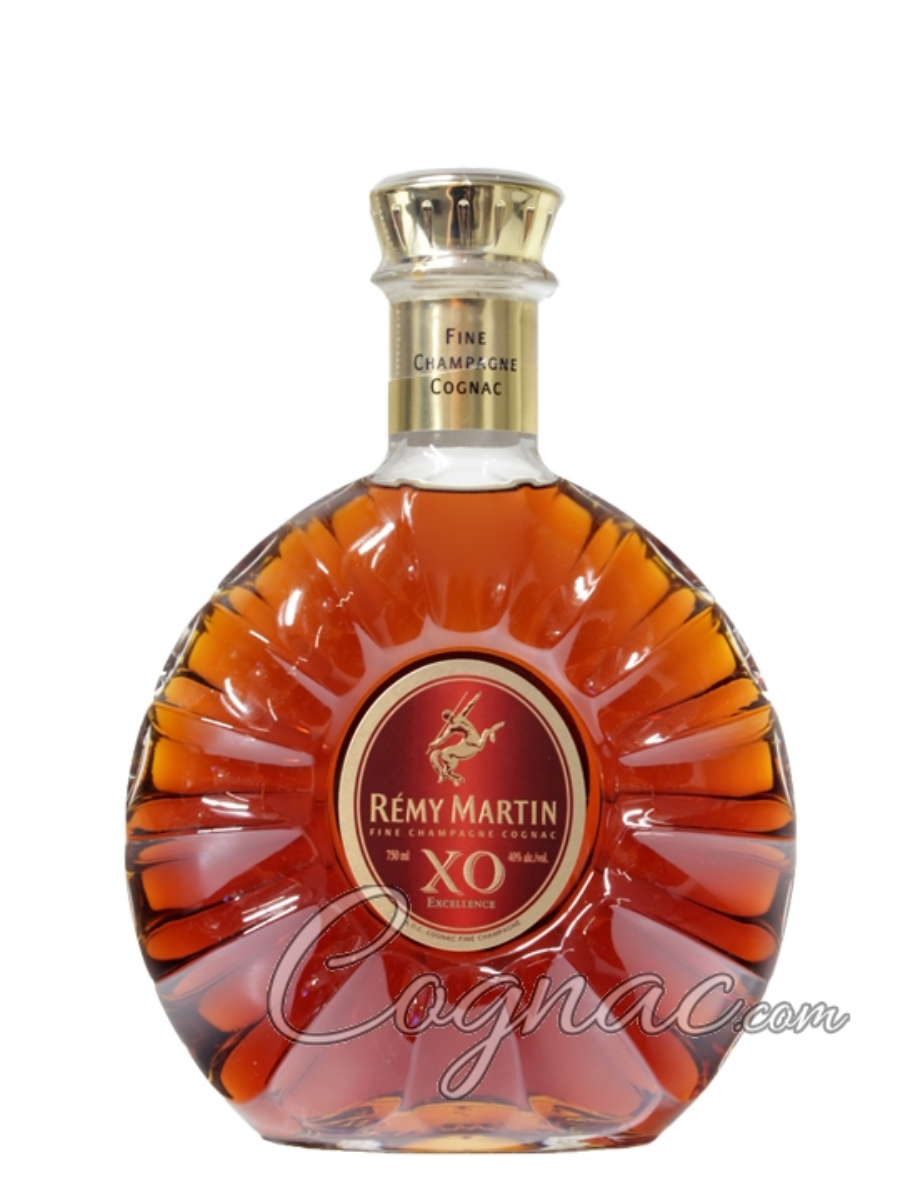Cognac has become an immensely popular drink. Cognac sales have exploded worldwide. According to the Bureau National Interprofessionnel du Cognac (BNIC) cognac sales have experienced record more than double digit growth led by burgeoning sales in the United States and China. Sales of Hennessy V.S. have either been rationed or sold out entirely across parts of the United States.
Despite skyrocketing sales, Cognac often takes a back seat as a cocktail mixer to vodka, gin, rum and whiskey. Perhaps this is because of the premium nature and relative scarcity of Cognac, which can only be made in accordance with the strict guidelines set forth by the BNIC and only produced in the Cognac region of France.
Cognac aficionados enjoy their amber spirit straight or on ice. Whether to mix a Cognac or sip it straight usually depends on the aging designation of the Cognac.
Cognac Designations:
V.S. (Very Special)- Cognacs are those whose youngest eau-de-vie is at least two years old.
A V.S. Cognac may have eau-de-vie that is older than two years old and perhaps older than four years. The designation, however, is determined by the youngest eau-de-vie blended in the Cognac, not the oldest. A Cognac whose youngest eau-de-vie is two year old is designated V.S. even if it blends much older eau-de-vie.
To see V.S. Cognac reviews, click here.
V.S.O.P. (Very Superior Old Pale)- Cognacs whose youngest eau-de-vie is at least four years old.
A V.S.O.P. Cognac may have eau-de-vie that is older than four years old and perhaps older than six years. This as noted above will not earn the cognac an X.O. designation.
To see V.S.O.P. Cognac reviews, click here.
X.O. (Extra Old)or Napoléon – Cognacs whose youngest eau-de-vie is at least six years old.
To see X.O. Cognac reviews, click here.
Cognac is a luxury spirit and like Champagne is perfect for special occasions and celebrations likes New Year’s Eve. Indeed, some of the finest Cognacs are called “Champagne Cognacs“, not because they are sparkling spirits, but rather they are so named after the chalky soil in the Cognac region that is ideal for growing the Ugni Blanc grapes that are distilled in the crafting of Cognac. The Champagne region of France also shares similar chalky soil ideal for growing Pinot Meunier, Pinot Noir, Chardonnay and other grapes that contribute to the production of the premier sparkling wines of France.
This New Year’s Eve you may wish to substitute Cognac for Champagne as your special celebratory/toasting quaff. If you are not quite ready to abandon Champagne this New Year’s Eve, perhaps you can mix a French 75 for yourself and your guests. The French 75 is a Cognac cocktail with bubbles, with the bubbles provided from the sparkling wine from the Champagne region of France.
Perhaps a Cognac Punch might delight your guests and party goers this New Years Eve. Or try putting Royal Side Car mixed with Rémy Martin 1738 Accord Royal Cognac on your New Year’s cocktail menu.
Click here to see Cognac recipe options from Cognac.com
For those that prefer a straight up Cognac experience, you may wish to try some of the more aged Cognacs from the XO designations, like Hennessy’s XO or Rémy Martin’s XO Excellence Cognacs.
Not ready to add Cognac to your New Year’s celebration? Make trying Cognac next year a New Year’s resolution and you may find Cognac will become an essential component of your liquor cabinet next year and part of next year’s New Year’s Eve celebration.




